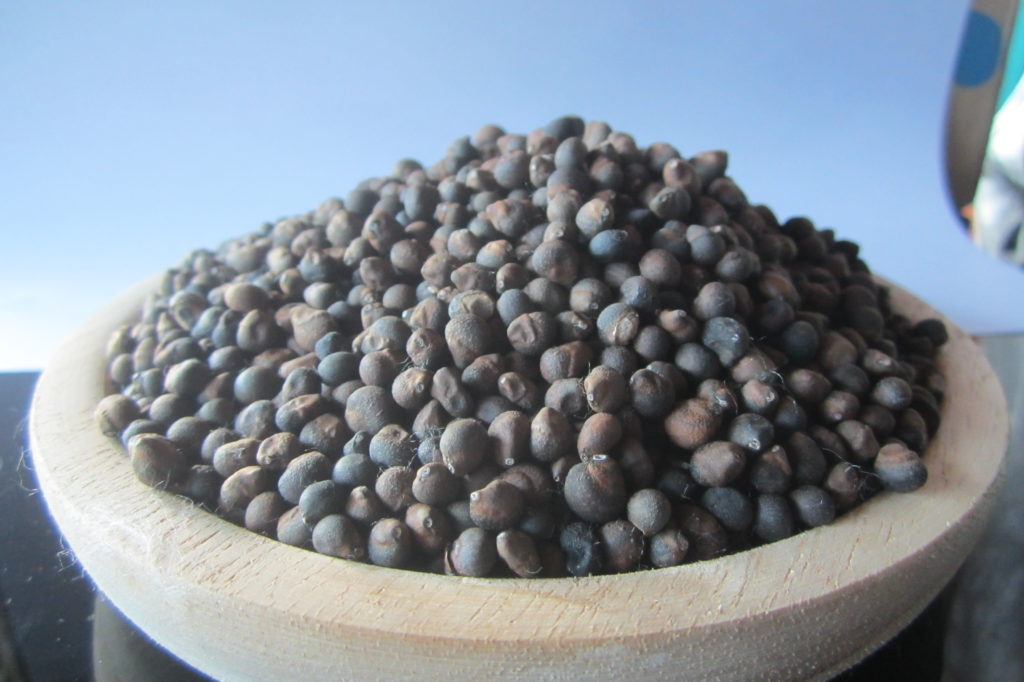Kapok Tree Seeds: Characteristics and Uses
Kapok tree seeds, originating from the Ceiba pentandra, are an often-overlooked byproduct of this remarkable tree. While the fiber is widely recognized for its applications in textiles and insulation, the seeds also offer unique properties and potential uses.
Characteristics of Kapok Tree Seeds
- Appearance: Kapok seeds are small, oval-shaped, and have a hard outer shell. Inside, they contain a soft, cotton-like fiber, similar to the kapok fiber itself.
- Nutritional Value: The seeds are rich in oil and protein, making them a potential source of nutrition. However, they must be processed properly before consumption, as raw seeds can be toxic.
- Sustainable Resource: Kapok trees are grown in tropical regions and are valued for their rapid growth and low maintenance. Utilizing seeds contributes to a sustainable cycle of use.
Uses of Kapok Tree Seeds
- Oil Extraction: The seeds can be processed to extract oil, which can be used for cooking, cosmetics, or even as a biofuel.
- Natural Filler: Similar to the fiber, kapok seeds can be used as a natural filler in various products, including pillows and cushions, although the fiber is often preferred for its softness.
- Crafts and Decorations: The seeds can be incorporated into craft projects, providing a natural element in decorative items or as part of potpourri.
- Agricultural Applications: Kapok seeds can be used as a cover crop or in green manure systems, enhancing soil health and promoting biodiversity.
- Traditional Medicine: In some cultures, kapok seeds have been used in traditional medicine for various ailments, although more research is needed to confirm their efficacy.

Processing Kapok Seeds
If you’re interested in working with kapok seeds, here are the general steps for processing:
- Harvesting: Collect the seeds from mature kapok pods. Ensure you handle them carefully to avoid damaging the seeds.
- Cleaning: Remove any debris and fibers attached to the seeds. Rinse them gently if necessary.
- Drying: Spread the seeds out in a cool, dry place to allow them to dry completely, which prevents mold growth.
- Storage: Store the dried seeds in an airtight container to maintain their quality.
Conclusion
Kapok tree seeds offer a range of potential uses, from oil extraction to craft projects. By exploring the properties and applications of these seeds, you can contribute to a more sustainable and resource-efficient approach to utilizing the kapok tree. Whether for practical uses or creative endeavors, kapok seeds present an exciting opportunity for eco-conscious individuals.
